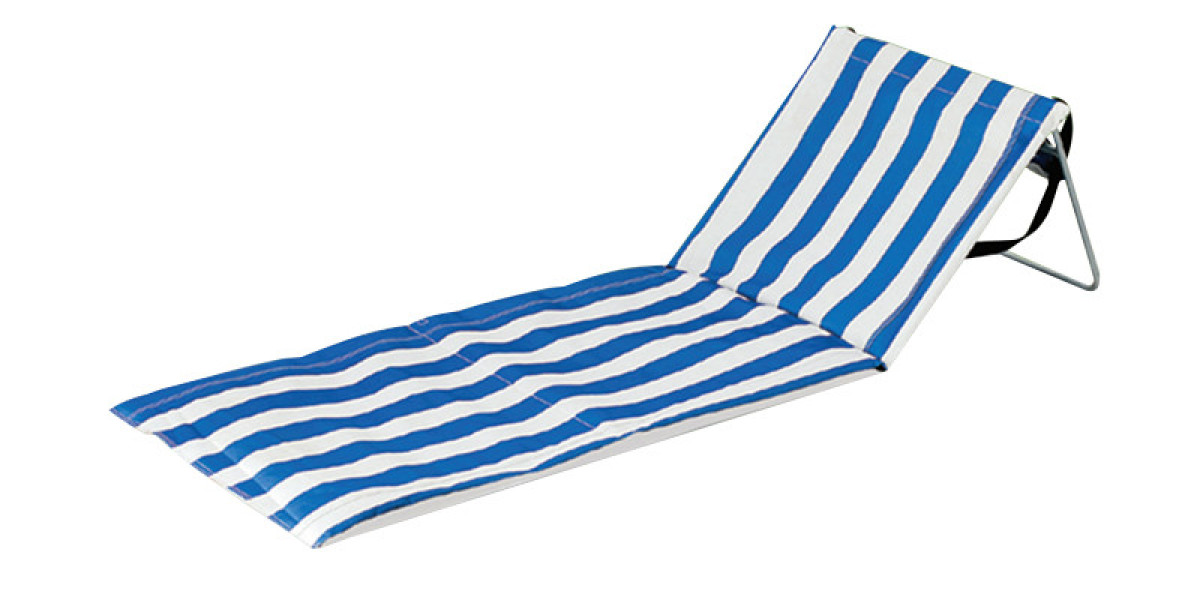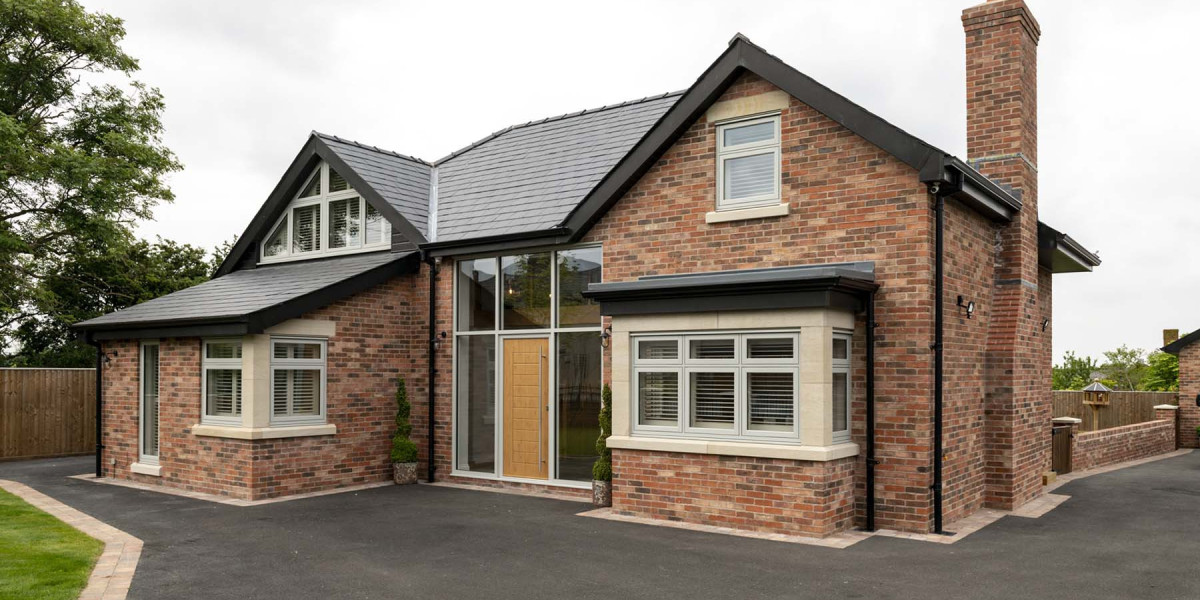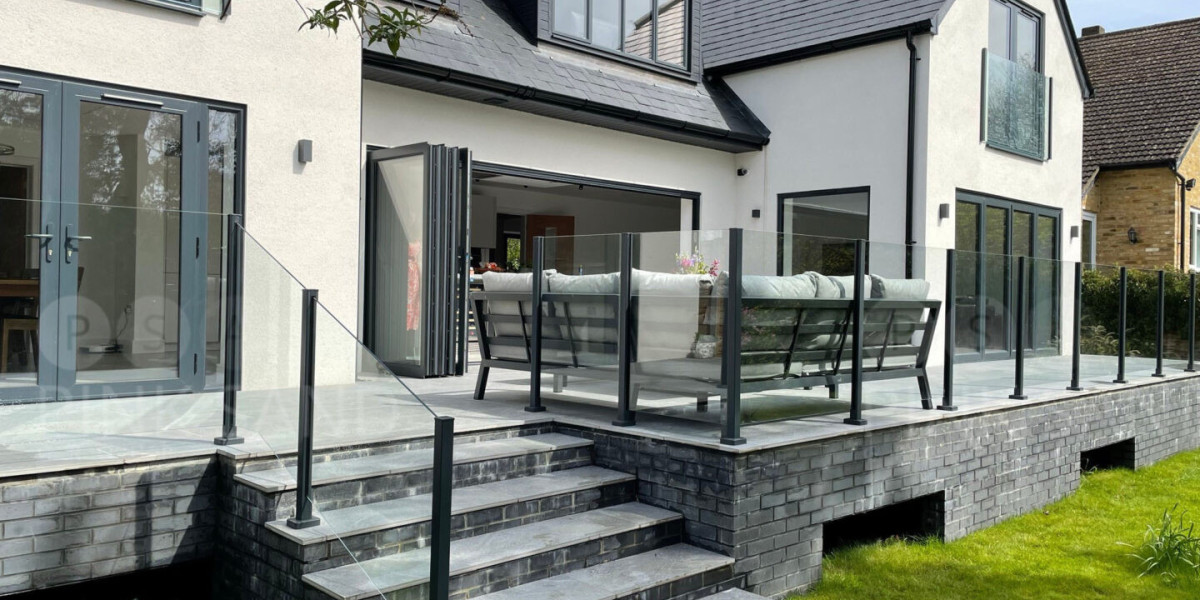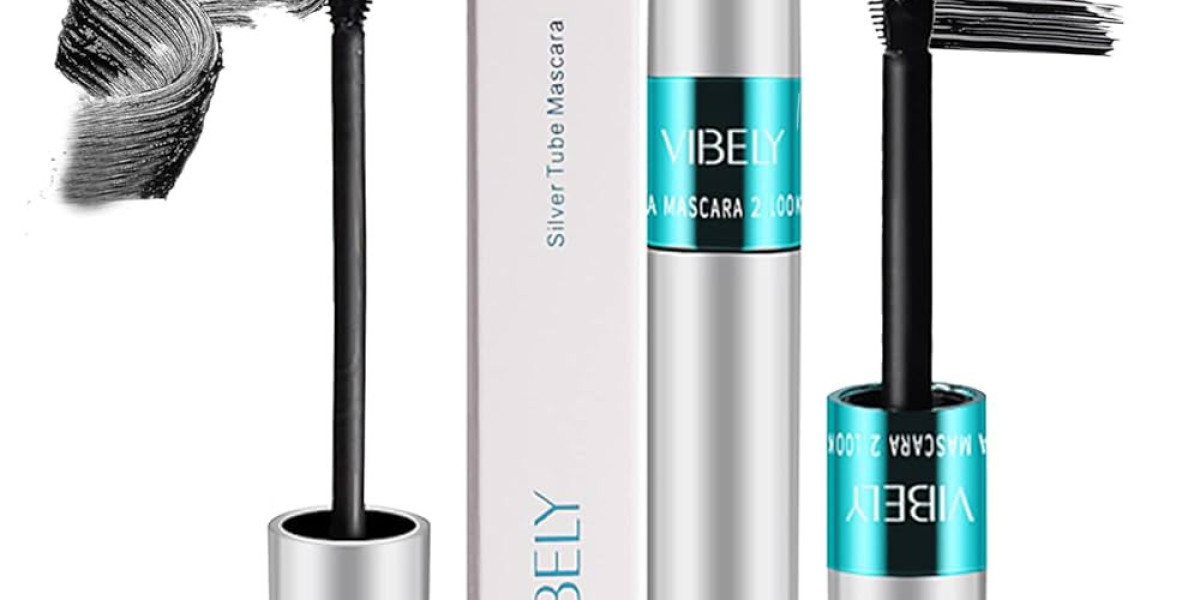Properly designed leisure chairs deliver measurable health advantages through scientifically validated ergonomic principles. The optimal 110-degree torso-thigh angle reduces intervertebral disc pressure by up to 40% compared to standard seating. This alignment, combined with dynamic lumbar support, can significantly decrease chronic lower back pain symptoms. Advanced models with pelvic tilt mechanisms actively encourage subtle postural changes that prevent muscle stiffness during prolonged sitting.
Circulatory benefits emerge from thoughtful leisure chair engineering. Reclined positions that elevate legs 15-20 degrees above heart level enhance venous return, reducing lower extremity edema. Some medical-grade models incorporate sequential compression technology to further stimulate blood flow. The gentle rocking motion available in many designs has been shown to reduce cortisol levels by 15% while increasing parasympathetic nervous system activity.
Pressure distribution technology in premium leisure chairs prevents tissue ischemia that can lead to discomfort. Multi-density foam configurations typically feature firmer support in seat cores (25-30ILD) transitioning to softer comfort layers (15-20ILD). Memory foam variants respond to body heat and weight within 3-5 seconds, reducing peak pressure points by up to 35% compared to conventional cushioning. Some advanced systems automatically adjust firmness based on continuous pressure mapping.
The maintenance protocol for leisure chairs varies significantly by material composition. Aniline leather requires specialized pH-balanced cleaners applied with microfiber cloths, while performance fabrics often tolerate mild detergent solutions. Frame lubrication with silicone-based products should occur biannually for mechanical components, with particular attention to pivot points in reclining mechanisms. Cushion rotation every 3-6 months ensures even wear distribution.
Climate considerations impact leisure chair care. Humid environments necessitate monthly inspections for mold in cushion cores, while arid climates may require periodic leather conditioning to prevent cracking. Outdoor models benefit from quarterly inspections of powder coating integrity and tightening of all fasteners exposed to thermal expansion cycles. Storage during extreme weather should include breathable covers that prevent moisture accumulation.
Technological components demand specific maintenance approaches. Motorized mechanisms benefit from voltage stabilization to prevent power surge damage. Heating elements require annual inspection of wiring insulation, while massage components need periodic verification of mounting integrity. Battery backups in smart chairs typically require replacement every 2-3 years depending on usage patterns.
The lifespan of a quality leisure chair ranges from 7-15 years with proper maintenance. Structural frames often carry 10-year warranties, while upholstery typically warrants 3-5 years against manufacturing defects. Investing in professional servicing every 18-24 months can extend functional life by addressing wear before it causes irreversible damage. Proper care ensures these sophisticated relaxation systems deliver both immediate comfort and long-term health benefits.







